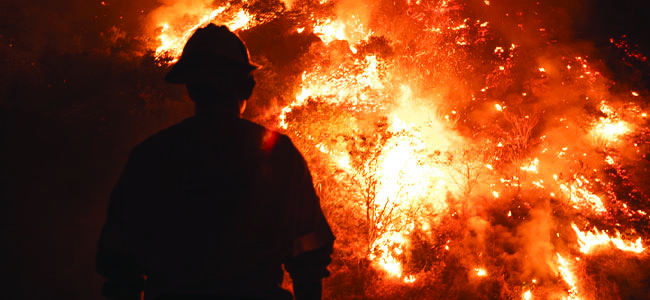
Clearing the Air on Wildfire Smoke Exposure
Outdoor workers can be left vulnerable to wildfire smoke exposure unless action is taken to protect them.
- By Alex Saurman
- Nov 08, 2023
Wildfires have hit North America hard in recent years. The wildfires that struck Canada in the summer of 2023 are perhaps one of the most devastating recent examples. Of course, these disasters have many harsh effects on the land and its people, but the damage to air quality resulting from wildfire smoke is perhaps one of the most pervasive.
On June 7, New York City Mayor Eric Adams said that the Air Quality Index (AQI), which measures air pollution using a scale of 0, representing good air quality, to 500, representing hazardous air quality, had reached 484. New York and other areas, like Washington D.C., Baltimore and Philadelphia, issued air quality health advisories and alerts. In such situations, residents are often advised to stay indoors and wear masks if they go outside. But what effects does wildfire smoke have on people, like outdoor workers, who are exposed to it?
Though not much is known about the effects of wildfire smoke specifically on outdoor workers, those exposed to wildfire smoke may experience eye irritation, coughing and pneumonia, per the National Institute for Occupational Safety and Health (NIOSH), or more severe side effects such as chest pain, heart attacks and lung complications, according to the Washington State Department of Labor & Industries.
Protecting Workers from Exposure
Given the potential impact it can have, it is certainly in employers’ best interests to minimize workers’ exposure to wildfire smoke. Thankfully, NIOSH recommends a few key strategies that can guard outdoor workers against the debilitating effect of wildfire smoke exposure.
This article originally appeared in the November/December 2023 issue of Occupational Health & Safety.